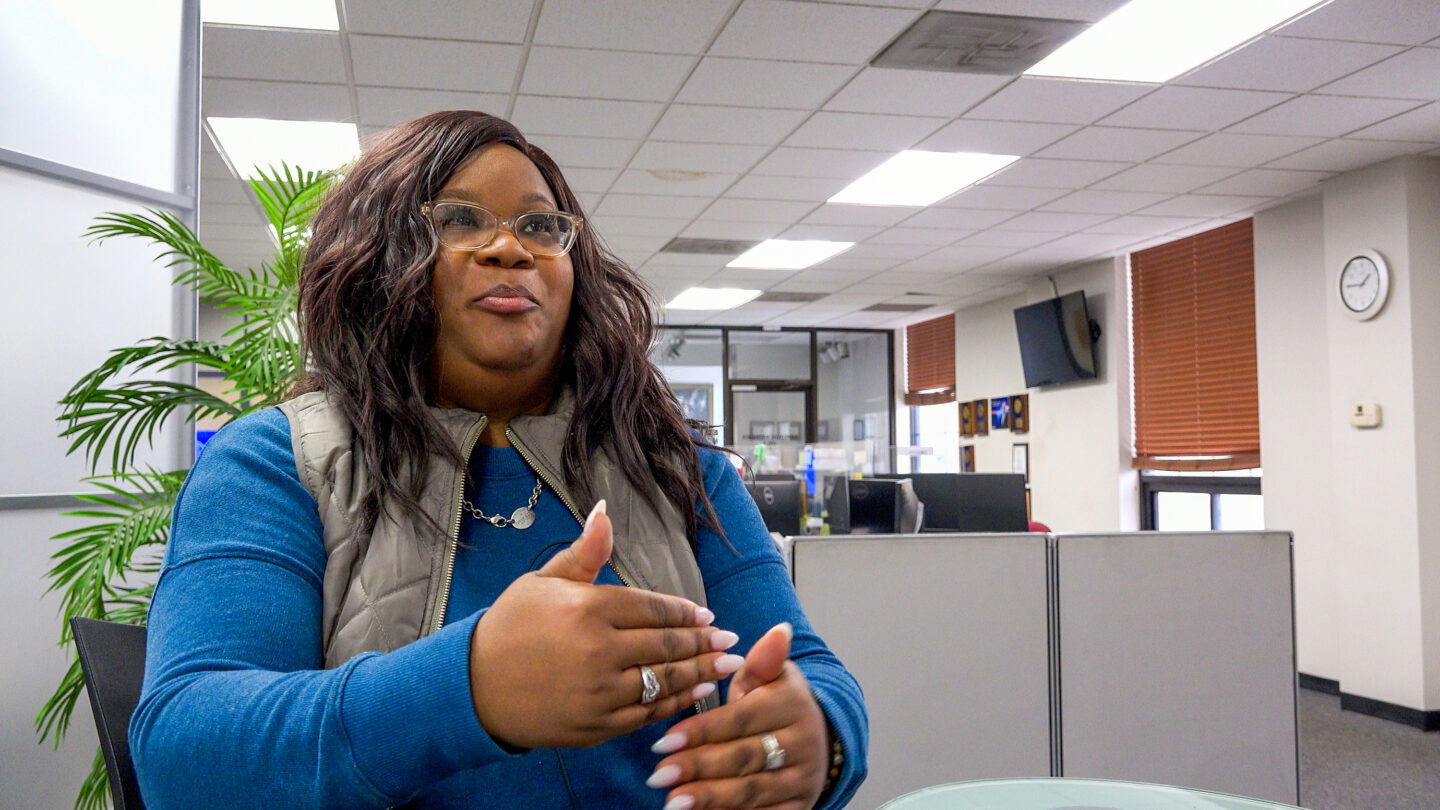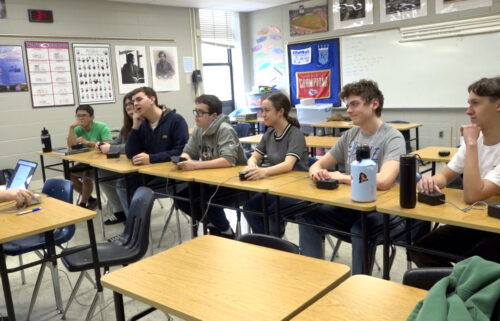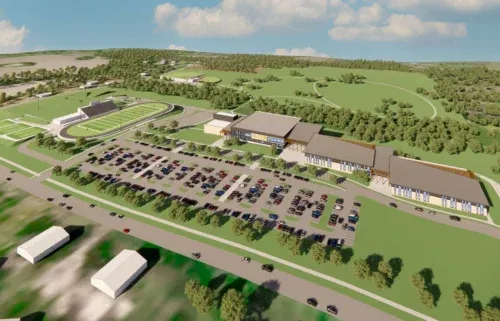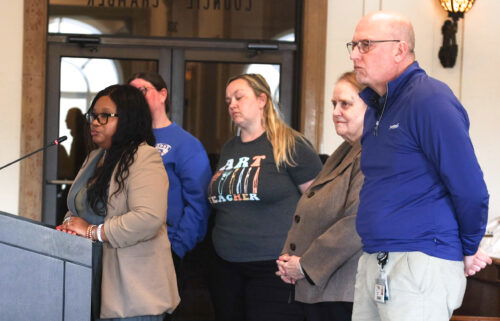No school boundary changes, for now

By Marcus Clem
The St. Joseph Board of Education decided Monday to delay any vote on boundary changes, despite urgent calls to rebalance student populations.
The board tabled the current Boundaries 2024/2025 plan, which envisioned changes affecting elementary and middle schools where nearly 5,500 children attended in the 2022-23 year. Some 24.9% of those students, just over 1,500, would have been moved if the plan had been approved. Because the board tabled the measure, nothing will be done for now, pending what the district calls a long-range plan. The plan, which has not been shown yet to any constituent or board member, is due for presentation in late February, ahead of an approval vote in March.
Had it been approved, one of the main impacts of the Boundaries 2024/2025 measure would have been to move — effective in August 2024 — a total of 144 students otherwise designated to attend Lindbergh Elementary School. The school will now continue to host more than 500 students, above its optimal capacity of 492. Had the move occurred, a Lindbergh student body of about 450 would have been the result.
“I want to be able to do something in order to be able to alleviate pressure on at least (one) school,” Board President LaTonya Williams said. “Only, in the end, I think that the board made the correct decision in order to wait on a long-term plan, in order to be able to handle everything accordingly and not just piecemealing it all together.”
Jeff Leake, a Lafayette High School teacher and coach who advocates to the board on matters related to the North End and perceptions of fairness, pushed back Monday on the decision to delay a vote in lieu of a long-range plan that remains under wraps.
“I’m so disappointed in this,” he said. “We need to do better. We need to do something. And I just fear we’re going to go into the same spiral again. Show me something that’s better, and I’ll be happy to support it. But, nobody’s shown me anything. Nobody’s shown me value, nobody’s answered the questions that I’ve brought up.”
Williams defended the decision to not unveil the long-range plan while it remains incomplete. Doing so would potentially sink the entire effort, she said, as individual portions of the incomplete plan would come under public criticism without anyone knowing what the big picture will be.
The board is moving as diligently as it can, she said, with the intention of approving a long-range plan well before the April 2 election in which up to three new board members will be chosen. That way, rather than starting anew, the reorganized board can pick up with a plan already in place, and focus on implementing it, or amending it, as the need may arise.
“In order to continue on, we get the plan in place, and then, if there is a new board, a plan is already in action, already agreed upon, and they can move on in that plan,” she said.
Board members have previously resolved to give families affected by potential student moves at least six months to learn about the change, respond to it, and adapt as needed. A long-range plan vote in March would thus preclude changes effective for August 2024, as that would only allow for five months. The changes could thus end up being put off until the 2025-26 school year, leaving current student balance issues in place as they are.




